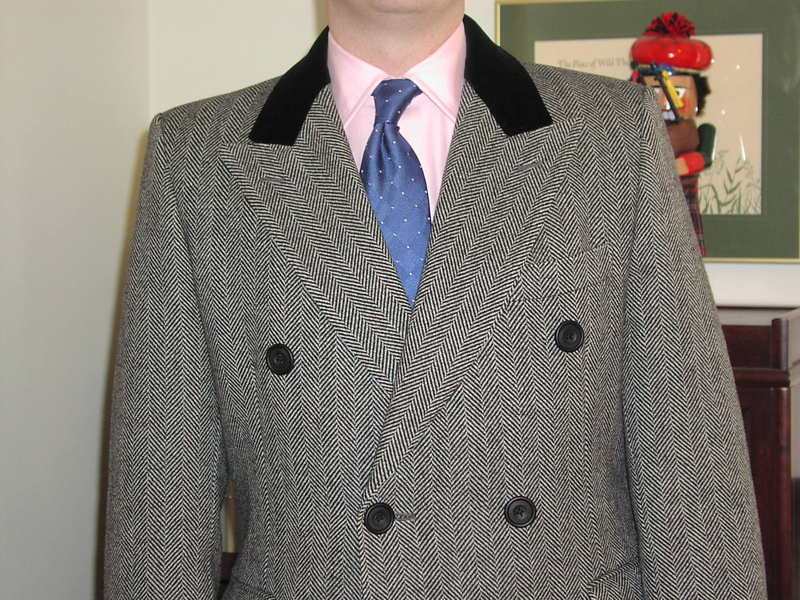Edward
Bartender
- Messages
- 25,074
- Location
- London, UK
Ok, I'm slowly learning about terminiology here. I now know the difference between an overcoat and a top coat, and what a thre quarter length coat is. I also think I can tell a chesterfield and a grounds coat. But I'm lost when it comes to some other terms I've discovered - in particular, Crombie and Ulster. I think Crombie was originally a brand?















